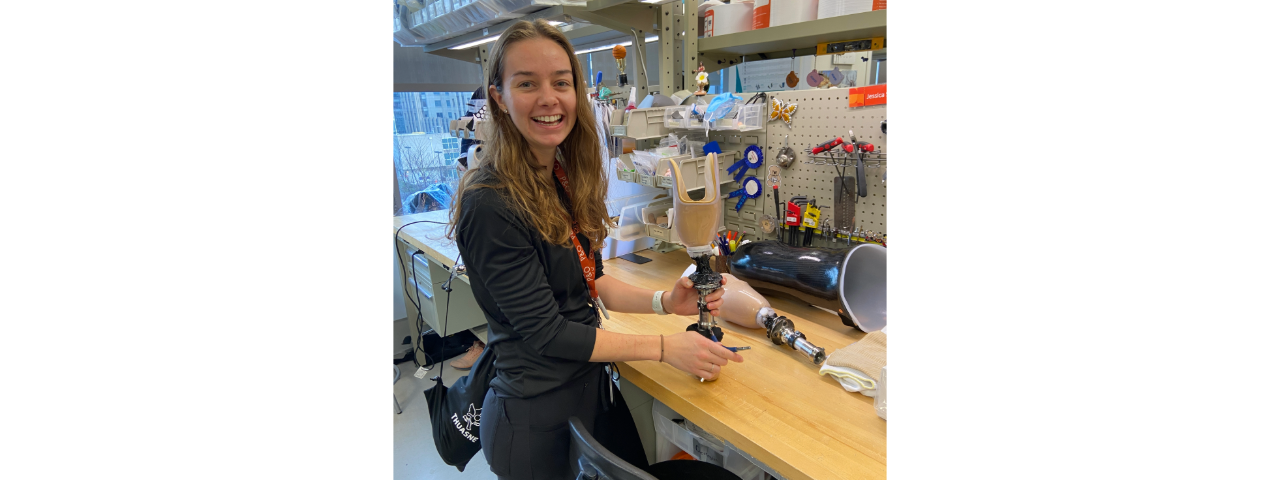Body
The stroke recovery journey is often filled with challenges. The physical, emotional, behavioral and communication changes caused by stroke change the lives of not only the survivor, but those who care for them as well. Post-stroke pain can further complicate the situation.
Up to half of stroke survivors may experience some type of pain after their stroke. Neuro-scientists and therapists distinguish four types of post-stroke pain: central pain syndrome (CPS); complex regional pain syndrome (CRPS); spasticity; and shoulder pain.
Pain Terminology — Central & Neuropathic Pain
Body
Let’s start with some basic definitions. Central pain is due to an injury in the central nervous system (brain or spinal cord). Any pain that occurs in the peripheral nervous system (anywhere along the nerves) is peripheral pain. “If you crush your arm in an accident, you are at risk of developing severe peripheral neuropathic or nerve pain,” said Richard Harvey, medical director of the Center for Stroke Rehabilitation at the Shirley Ryan AbilityLab (formerly Rehabilitation Institute of Chicago). “If you have a stroke or a spinal cord injury, you may develop central pain.”
Mentioned Profile

Richard L. Harvey, MD
David W. Trott Clinical Chair, Brain Innovation Center Wesley and Suzanne Dixon Chair of Stroke ResearchBody
Another pertinent distinction is between nociceptive pain and neuropathic pain. Nociceptive occurs because of tissue damage; neuropathic is the result of nerve damage, regardless of whether tissue is damaged. “Some people with diabetes have peripheral neuropathy caused by the small nerve endings in their feet being damaged because of poor blood flow,” Harvey said. That foot pain is called diabetic neuropathy. “That is a form of neuropathic pain because it’s due to damage to small nerve endings, not to tissue — skin, muscle or bone — damage. It’s the nerve being dysfunctional.”
Central Pain Syndrome
Body
Central pain syndrome occurs when there is damage to an area of the brain that carries lots of sensory pathways. It affects 8 percent to 10 percent of survivors. No particular type of stroke causes CPS, rather strokes in particular areas of the brain do. For instance, the brainstem is full of such sensory pathways, so a stroke involving those pathways puts a survivor at risk of CPS. The same is true of a stroke in the thalamus, which is also rich in nerves. (For many years, CPS was called thalamic pain syndrome because that was where it was often identified. It was also known as Dejerine-Roussy syndrome after the two neuroscientists that first identified it in the early 20th century.) “Starting in the 1960s, scientists determined that essentially any injury along the sensory pathway from anywhere in the spinal cord up through the brain to the cortex can cause CPS,” Harvey said. “But it has to injure the sensory pathway, basically, the nerves that carry pain and temperature sensation. So, if you injure that pathway — anywhere in the brainstem, the thalamus or between the thalamus and the cortex — you can get CPS.”
Experimental Treatment for CPS
Body
Motor cortex stimulation is an experimental treatment that is currently being tested. In it, a stimulator is surgically implanted over the motor cortex, and it gives a continuous stimulation that doesn’t result in movement but can result in pain reduction. “In some small studies, that pain reduction has been as much as 90 percent and lasts as long as two years,” Harvey said. But he cautions that it has not been well studied and since there are risks to doing such surgeries, it’s not yet recommended as the standard of care. “But it’s very intriguing, especially because it’s the motor cortex and not the sensory cortex.”
Typically, CPS doesn’t start right away, but usually shows up in the first 60 days after the stroke. Neuroplasticity during that time results in inappropriate signaling within the pain pathways that results in a perception of pain that isn’t due to any peripheral cause. Harvey referred to this as “aberrant neuroplasticity,” changes to the brain that do not produce a beneficial outcome. “One of the things that people can misconstrue about neuroplasticity is that it’s always good, but it’s not always good,” Harvey said.
To read the rest of the story, visit the American Heart Association/American Stroke Association's Stroke Connection.

